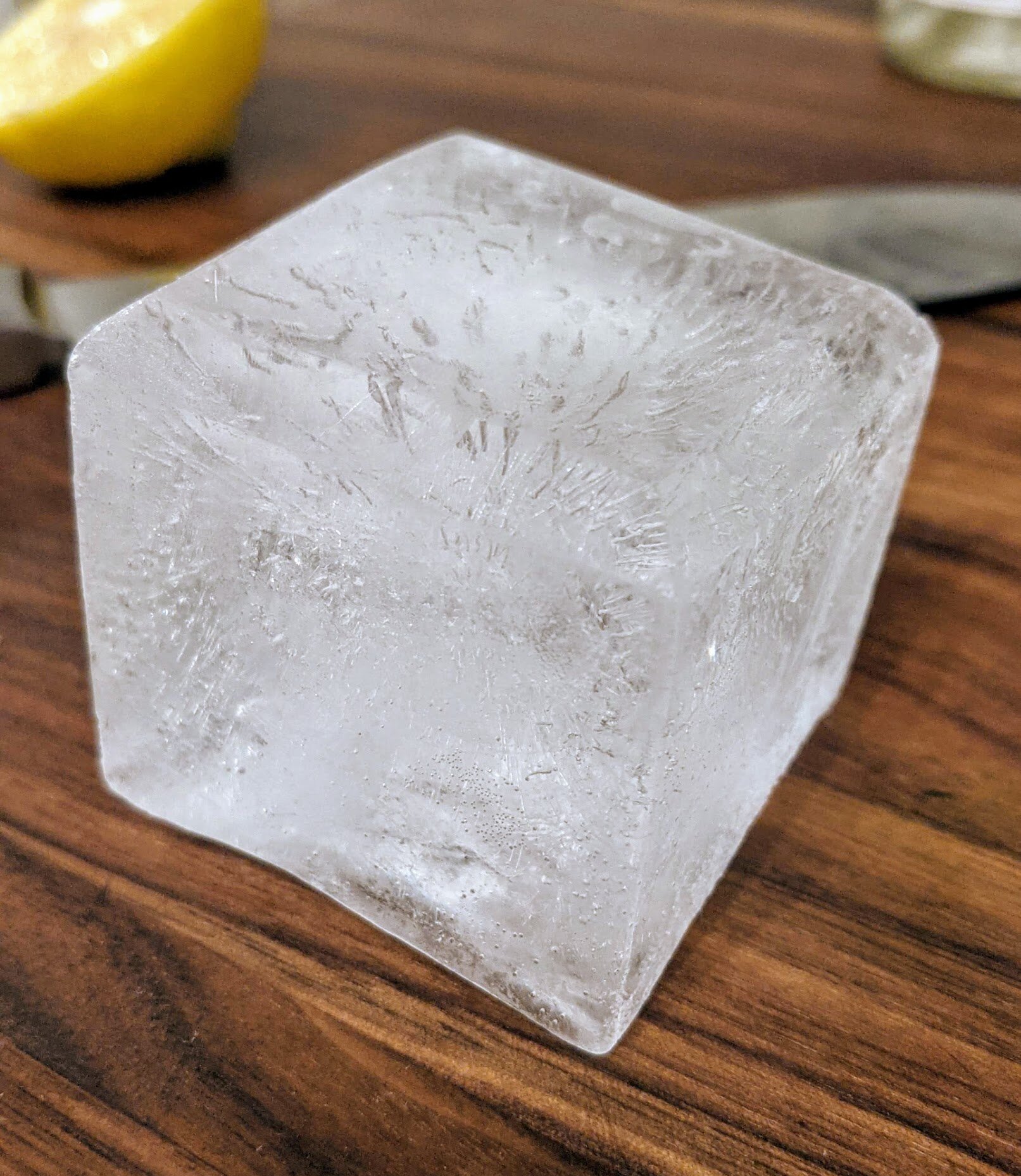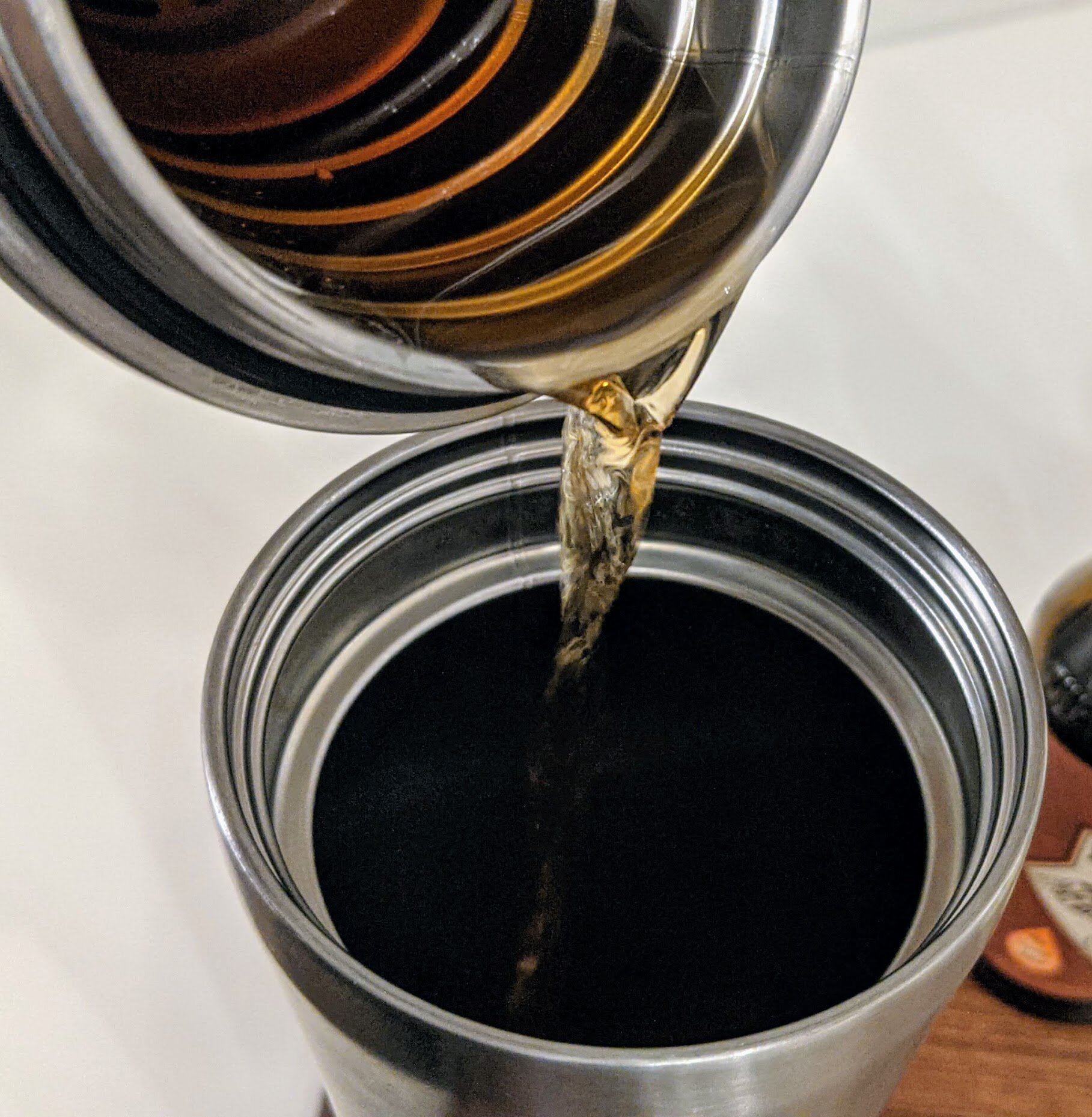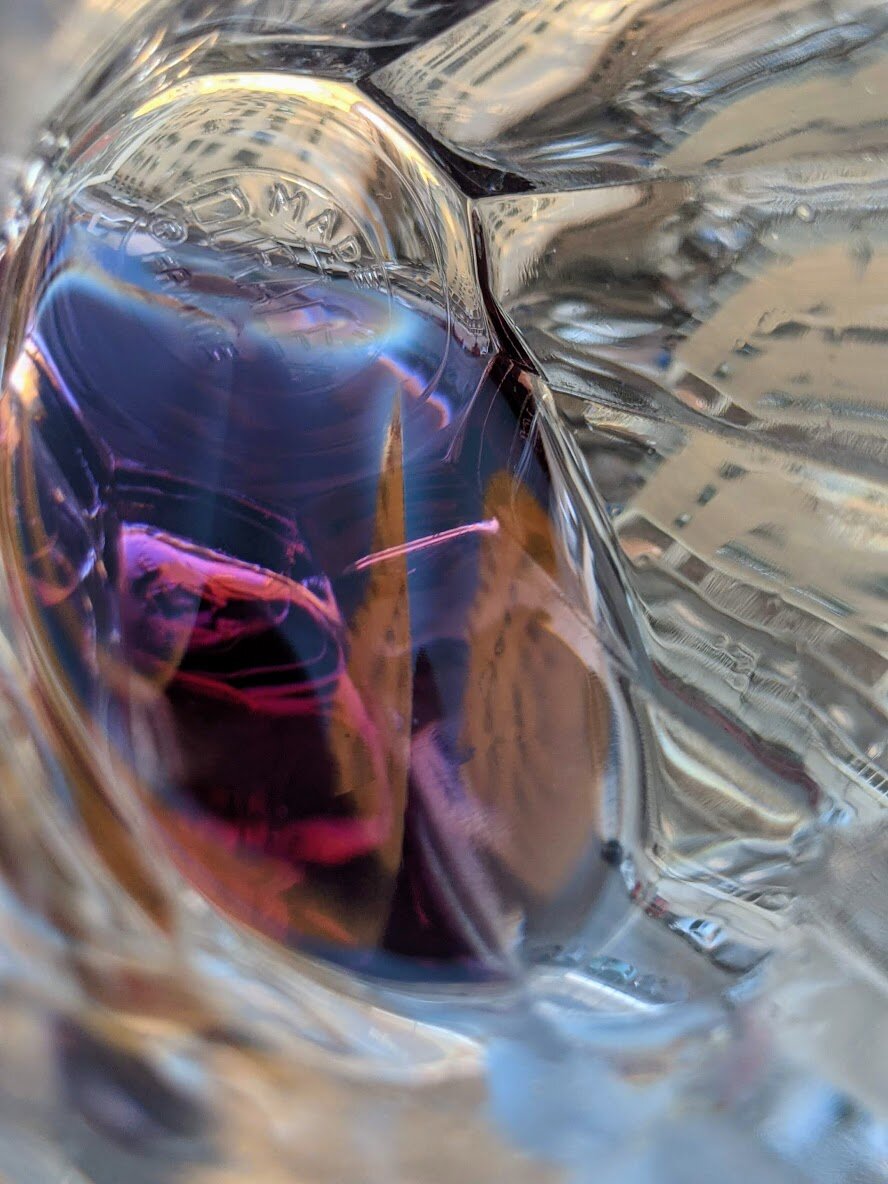Bamboo
Happy Friday!!! You made it through another week - let’s celebrate with a cocktail! This is a sherry-based cocktail, which means you’re getting a bright copper color and acidity balanced with toasty almonds, dates, and salt. Balanced with two types of vermouth, this is a simple, tasty cocktail to start your evening. This recipe comes from The Cocktail Codex from the bartenders at NYC cocktail bar Death & Co - my partner, Joe, reverently refers to this book as “the cocktail bible”.
Happy Friday!!! You made it through another week - let’s celebrate with a cocktail! This is a sherry-based cocktail, which means you’re getting a bright copper color and acidity along with with flavors of toasty almonds, dates, and salt. Balanced with two types of vermouth, this is a simple, tasty cocktail to start your evening. This recipe comes from The Cocktail Codex from the bartenders at NYC cocktail bar Death & Co - my partner, Joe, reverently refers to this book as “the cocktail bible.”
This cocktail originated in Japan and is a variation on a martini, with sherry swapped in for the gin. It has three simple ingredients: dry vermouth, vermouth blanc, and sherry. These all happen to be fortified wines, so it’s worth taking a moment to look at what those are. Allow me to geek out for a moment.
Vermouth is an aromatized, fortified wine. This means it’s usually a fairly neutral wine, typically white, that’s steeped with herbs or other botanicals for a number of weeks, then combined with sugar and additional alcohol to bring the total ABV between 16% and 18%. The amount of sugar is what differentiates the different types of vermouth, increasing as you go from dry to blanc to sweet vermouth. For an aperitif, vermouth can be drunk over ice or as a spritz with some soda - it’s a great way to get to know what you like across types and brands.
Sherry is also a fortified wine, but it’s unflavored by botanicals. All sherry is aged in oak barrels, but different approaches to its aging lead to different types of sherries. Very dry sherries are biologically aged - this means they are aged in barrels left partially empty (in contrast to wine barrels, which are totally filled) to allow a layer of yeast (“flor”) to form, protecting the wine from oxygen and interacting with the wine to impart flavor. Richer sherries are oxidatively aged - this means they don’t form a layer of yeast but are instead exposed to oxygen and concentrate over time. And some sherries, like the amontillado sherry used in this cocktail, are created using a mix of both methods.
Ultimately, all of this cool wine transformation is combined to form this delicious and unique cocktail. Toasty and nutty, balanced with acidity and sweetness, this drink is a great way to welcome the weekend.
Bamboo
Time: 5 minutes || Servings: 1 || Source: The Cocktail Codex
Amontillado sherry - 1 ½ ounces, preferably Lustau Los Arcos
Blanc vermouth - ¾ ounce, preferably Dolin
Dry vermouth - ¾ ounce, preferably Dolin
Orange bitters - 2 dashes
Lemon twist, for garnish
Combine the sherry, vermouths, and orange bitters and stir over ice. Strain into a Nick & Nora glass. Express the lemon peel by twisting it over the glass to release the essential oils, then rub the cut side of the peel around the edge around the glass. Place the peel in the drink or on the side of the glass as garnish.
Water Lily
It finally feels like spring has sprung - so let’s raise a seasonally appropriate glass! This gorgeous cocktail - in hue and in flavor - comes to us via my brother-in-law, Ben. A lawyer by day, Ben regularly moonlights as a bartender extraordinaire, selecting and modifying drinks to inspire and amaze. He’s the kind of person who goes to the liquor store to pick up the exact right gin (“no, no - the juniper in that one is too strong for this drink”) and comes back with an enormous smile and three new varieties of bitters. In other words, we can trust his cocktail recommendations.
It finally feels like spring has sprung - so let’s raise a seasonally appropriate glass! This gorgeous cocktail - in hue and in flavor - comes to us via my brother-in-law, Ben. A lawyer by day, Ben regularly moonlights as a bartender extraordinaire, selecting and modifying drinks to inspire and amaze. He’s the kind of person who goes to the liquor store to pick up the exact right gin (“no, no - the juniper in that one is too strong for this drink”) and comes back with an enormous smile and three new varieties of bitters. In other words, we can trust his cocktail recommendations.
The Water Lily was originally imagined at NYC cocktail bar PDT. It’s a gin-based cocktail spiked with orange liqueur and fresh lemon juice. Its beautiful, spring-forward color comes from crème de violette, which is actually made from wild violets. There are two main brands of crème de violette: Rothman & Winter is the classic from Austria, made from Queen Charlotte and March violets that grow in the Alps. Here, we used Giffard, which is a relative newcomer from Loire, France that has a very intense flavor and color. As you can imagine, crème de violette brings a sweetness and floral essence to this drink that balances well with the herbaceous gin and tart citrus.
Now that the evenings are a little brighter, it feels like there’s loads of time to have an aperitif before dinner. Shake yourself up a Water Lily, kick back, and welcome the warmer weather.
Water Lily
Time: 5 minutes || Servings: 1 || Source: PDT
Cointreau or triple sec - ¾ oz
Crème de violette - ¾ oz
Lemon juice - ¾ oz
Gin - ¾ oz
Twist of lemon or orange, for garnish
Fill a cocktail shaker with ice. Add Cointreau or triple sec, crème de violette, lemon juice, and gin. Shake well, then strain into a coupe glass. Garnish with a strip of lemon or orange zest.












